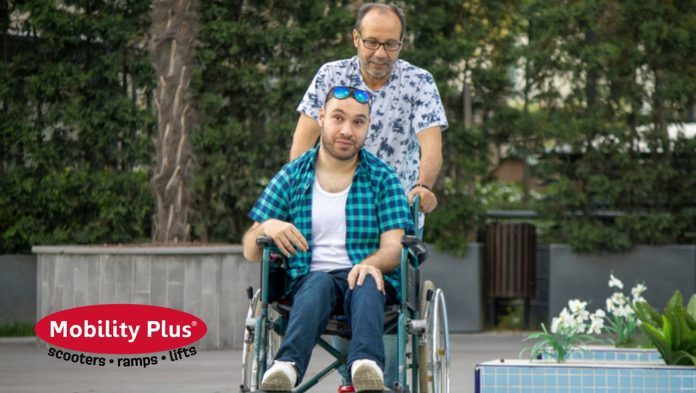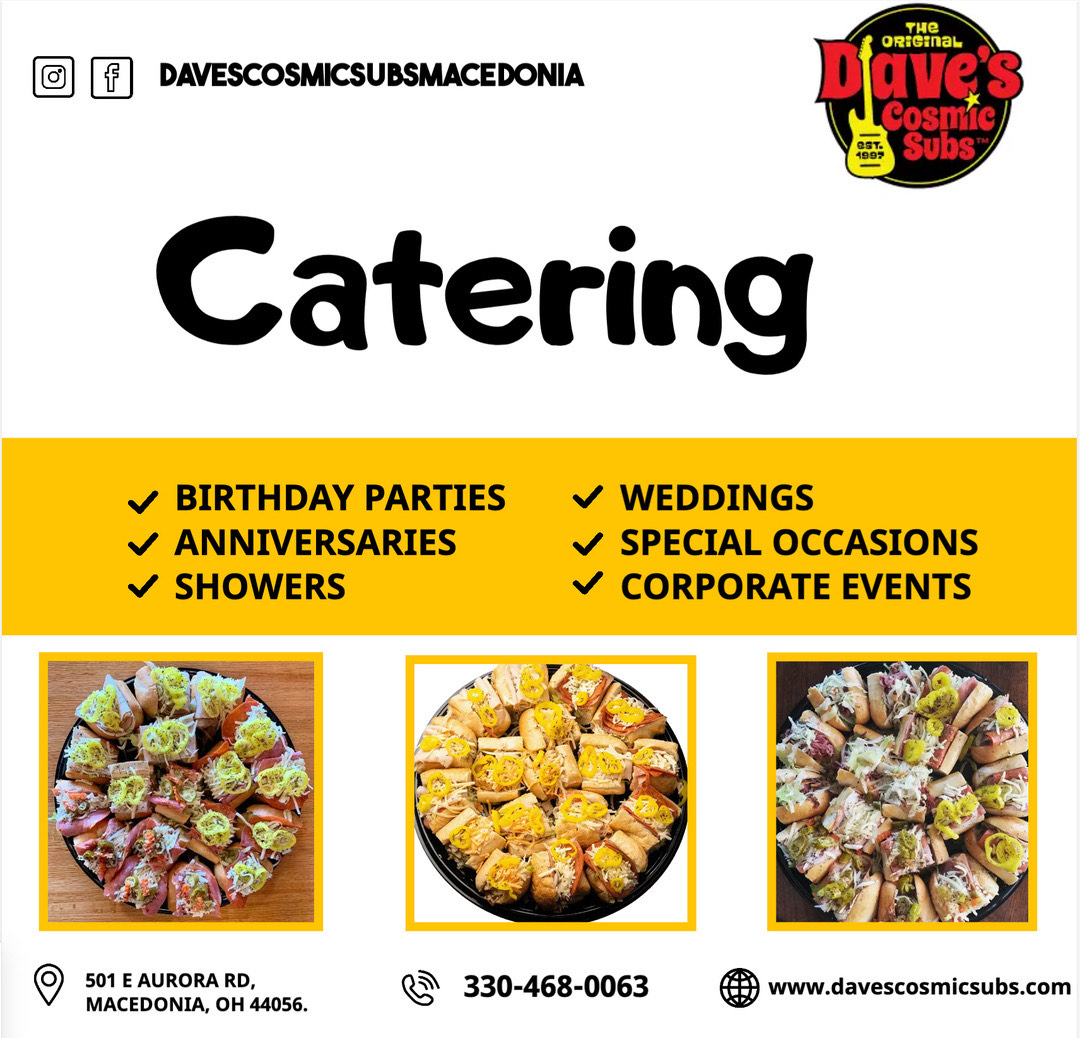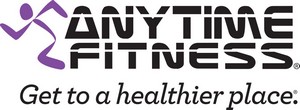Navigating This Journey Together
When your adult child needs mobility equipment for the first time, it can trigger a complex mix of emotions—concern for their well-being, grief over changes in their abilities, and uncertainty about how to help without overstepping boundaries. Whether the need stems from a progressive condition, injury, or recent diagnosis, this transition affects the entire family.
As a parent, your role shifts from decision-maker to supportive advisor, helping your adult child navigate choices that will significantly impact their independence and quality of life. This guide addresses the unique challenges parents face while supporting their adult children through mobility equipment decisions.
Understanding the Emotional Landscape
Your Child’s Perspective
For adults facing mobility challenges, accepting equipment can be emotionally complex. Eventually, all people with certain progressive conditions will need to use mobility equipment. The transition can often be more difficult for parents than for the person who needs the equipment.
Common Feelings Your Adult Child May Experience:
- Relief at regaining independence and energy for preferred activities
- Anxiety about public perception and social stigma
- Empowerment from having control over their mobility decisions
- Frustration with physical limitations and equipment learning curves
The Independence Factor: If you are an adult who finds that they need assistance, you most likely willingly accept devices and technologies that allow you to get around by yourself and maintain your independence. Kids are so eager to accept their scooter or chair that their enthusiasm goes some way to softening the grief that parents inevitably feel.
Processing Your Own Emotions
Parental Grief and Adjustment: If you are a parent and caregiver, it may be painful to accept that your child needs help getting around. This is completely normal and doesn’t reflect poorly on your love or support. Transition to mobility equipment can often be more difficult for parents than for the person using it.
Shifting Perspectives: For people living with mobility challenges, assistive devices provide a sense of independence, the ability to keep up with peers, and take away the fear of falling. Learning to see equipment as enabling rather than limiting takes time but is crucial for supporting your adult child effectively.
Respecting Adult Autonomy
Balancing Support and Independence
Your Evolving Role: With an adult child, your role is advisory rather than authoritative. Your adult child should be the primary decision-maker about their mobility needs, with you providing emotional support, research assistance, and practical help when requested.
Avoiding Common Pitfalls:
- Don’t make decisions without consulting your adult child first
- Avoid researching solutions and presenting them as “the answer”
- Resist the urge to contact medical professionals directly without permission
- Don’t discuss their condition or needs with others without consent
Supporting Without Overstepping
Helpful Approaches:
- Ask “How can I help?” rather than assuming what they need
- Offer to accompany them to appointments if they’d like company
- Provide research assistance when requested, presenting options rather than recommendations
- Respect their timeline for decisions, even if it differs from your preferred pace
Understanding Equipment Options
Types of Mobility Equipment
Mobility Scooters:
- Useful for adults who have decreased upper limb mobility and problems with shoulder stamina
- Another advantage is that the stigma of being disabled is not as prominent as when people use a wheelchair
- Better suited for outdoor use and longer distances
- More portable and easier to transport in vehicles
Power Wheelchairs:
- Recommended for adults with limited mobility and coordination problems in their upper and lower extremities
- Offer more customization for day-to-day activities and positioning needs
- Better maneuverability for indoor use and tight spaces
- More comprehensive seating support for all-day use
Manual Wheelchairs:
- Manual wheelchairs are useful because they can be quickly and easily folded and taken in the trunk of a car
- Should not replace either a power wheelchair or motorized scooter for primary mobility
- Good for backup transportation and specific situations
Timing and Gradual Implementation
Starting Early: Having a scooter or power chair sooner rather than later can greatly ease the anxiety felt about a loss of strength and ability. A chair or scooter should be used on a part-time basis at first, mainly for long-distance travel, such as outings and lengthy walking trips with friends and family.
Energy Conservation: It allows the person to save energy for the activities they enjoy rather than expending it by simply getting there. This perspective helps frame mobility equipment as energy-saving technology rather than admission of limitations.
Practical Considerations for Families
Financial Planning and Insurance
Insurance Coverage:
- Medicare and Medicaid may cover medically necessary mobility equipment
- Private insurance policies vary significantly in coverage
- Documentation from healthcare providers is typically required
- Appeal processes exist if initial claims are denied
Cost Management Strategies:
- Research used and refurbished equipment options
- Investigate rental programs for trial periods
- Look into charitable organizations that provide equipment assistance
- Consider financing options from equipment providers
Home and Vehicle Modifications
Accessibility Assessment:
- Evaluate doorway widths and threshold heights throughout the home
- Consider ramp installation for entrances and level changes
- Assess bathroom accessibility and modification needs
- Plan for equipment storage and charging requirements
Transportation Solutions:
- Research vehicle modification options for equipment transport
- Investigate wheelchair-accessible vehicle rentals for special occasions
- Consider public transportation accessibility in your area
- Plan for equipment backup during vehicle service or repairs
Professional Support and Assessment
Medical Team Coordination
Key Healthcare Professionals:
- Primary care physicians for overall health management and referrals
- Physical and occupational therapists for assessment and training
- Assistive technology professionals for equipment selection
- Social workers for insurance and resource navigation
Assessment Process: In most cases, adults with mobility limitations must first be evaluated by a qualified professional to determine which device fits their needs. This comprehensive assessment considers physical abilities, lifestyle needs, and environmental factors.
Equipment Selection and Trials
Professional Evaluation Benefits:
- Proper sizing and fitting for safety and comfort
- Training on equipment operation and maintenance
- Recommendations for accessories and customizations
- Follow-up support for adjustments and problems
Trial Opportunities: Many equipment providers offer trial periods or rental options before purchase. This allows your adult child to test equipment in their real-world environment before making significant financial commitments.
Supporting Independence and Social Connection
Addressing Social Concerns
Community Integration: Mobility equipment can actually enhance social participation by reducing fatigue and fear of falling. Your adult child may find they can participate in more activities and outings when they’re not worried about physical limitations.
Peer Support: Connect your adult child with others who use similar equipment, either through medical centers, community organizations, or online support groups. Peer perspectives can be invaluable for practical tips and emotional support.
Maintaining Relationships
Family Dynamics: Equipment use may change family activities and routines. Work together to adapt traditions and find new ways to enjoy time together that accommodate everyone’s needs.
Friend and Extended Family Education: Your adult child may need support in educating others about their equipment and needs. Offer to help with these conversations if requested, but let them take the lead.
Long-term Considerations
Progressive Conditions
Future Planning: If your adult child has a progressive condition, discuss long-term equipment needs and home modifications proactively. This allows for better financial planning and reduces stress during health changes.
Skill Development: Encourage ongoing training and skill development with equipment. Many users find they can do more than initially expected as they become more comfortable and confident.
Technology and Advancement
Staying Current: Mobility equipment technology continues advancing rapidly. Help your adult child stay informed about new options that might enhance their independence or comfort.
Upgrade Planning: Most insurance plans have specific timelines for equipment replacement (typically 5 years). Plan for future upgrades and keep documentation organized for insurance purposes.
Creating a Supportive Environment
Communication Strategies
Open Dialogue: Maintain open communication about needs, concerns, and goals while respecting your adult child’s privacy and autonomy. Ask how they’d like to discuss mobility-related topics and follow their lead.
Avoiding Assumptions: Don’t assume you know what your adult child needs or wants. Mobility needs and preferences are highly individual, and what worked for others may not be appropriate for your child.
Emotional Support
Processing Together: Both you and your adult child may need time to process emotions around mobility changes. Consider family counseling or support groups if helpful for navigating this transition together.
Celebrating Independence: Focus on celebrating the independence and opportunities that mobility equipment provides rather than mourning changes in abilities. This positive framing benefits everyone involved.
Your Ongoing Role as Supportive Parent
Remember that your adult child’s need for mobility equipment doesn’t change your relationship—it evolves it. Your support, encouragement, and love remain just as important, even as your role shifts from caregiver to cheerleader and resource.
The goal is helping your adult child maintain and enhance their independence, not creating dependence on family support. The most meaningful help you can provide is emotional support, practical assistance when requested, and advocacy for their right to make their own decisions about their mobility and life.
By approaching this transition with patience, respect, and open communication, you can help your adult child navigate mobility equipment decisions while strengthening your relationship and supporting their continued independence.
Need guidance on mobility equipment options for your adult child? Contact Mobility Plus Northfield for expert consultation, equipment trials, and family-friendly guidance. We understand the importance of supporting independence while providing families with the information they need to make informed decisions together. https://www.mobilityplus.com/northfieldoh/


























